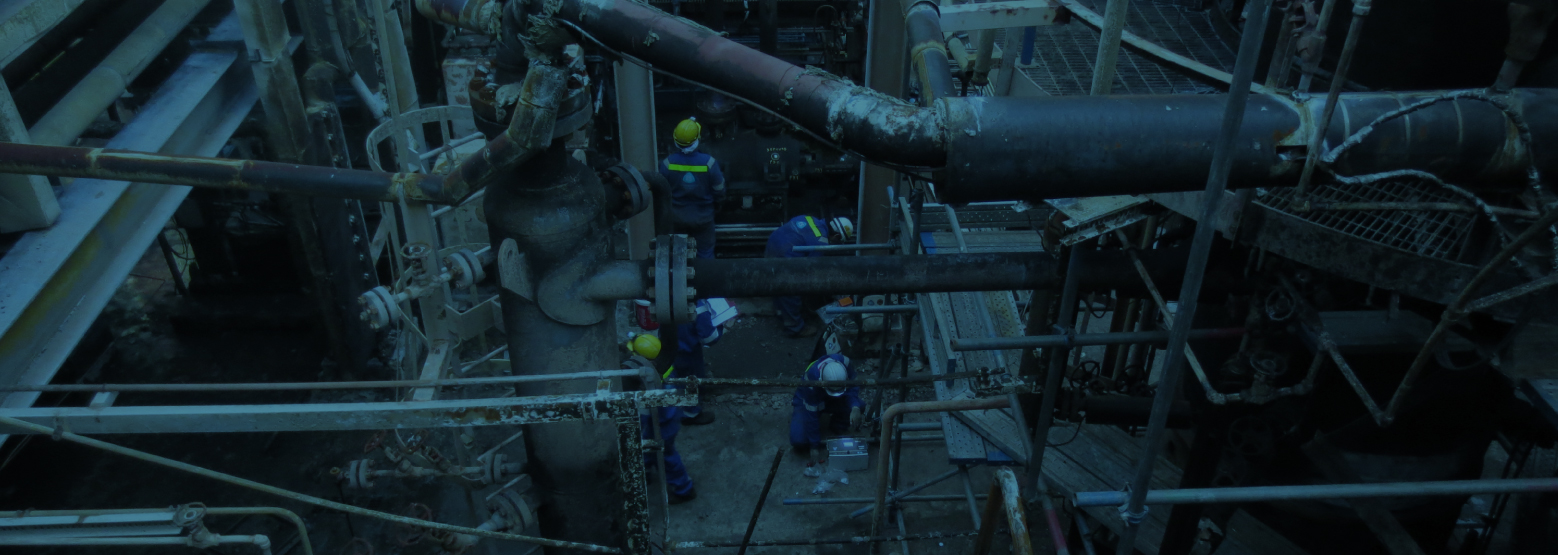



A hydrogen damage specimen, in the context of materials science and engineering, refers to a sample or test piece that has been intentionally exposed to hydrogen under certain conditions to assess the effects of hydrogen on the material's properties and integrity.
Hydrogen damage can occur in various forms and can have detrimental effects on the mechanical, structural, or chemical properties of materials.
Studying hydrogen damage specimens is crucial in understanding and mitigating issues related to hydrogen embrittlement and hydrogen-induced cracking, which can occur in various industries, including oil and gas, aerospace, and automotive.
High-resolution ultrasonic inspection, often referred to as high-resolution ultrasonic testing (HRUT), is an advanced non-destructive testing (NDT) technique used to detect and assess defects or flaws in materials and structures with exceptional precision and detail.
It relies on the use of ultrasonic waves, which are high-frequency sound waves, to inspect objects for internal or subsurface defects.
HRUT is particularly valuable when the accurate characterization of small or subtle flaws is essential, such as in critical aerospace, nuclear, or industrial applications.
777/32 Moo 9 Bang Pla Sub-district
Bang Phli District , Samut Prakan 10540
Thailand
131/52 Moo 2 Plernjai 4 Village,
Tubma Sub-district, Muangrayong District,
Rayong 21000
Thailand